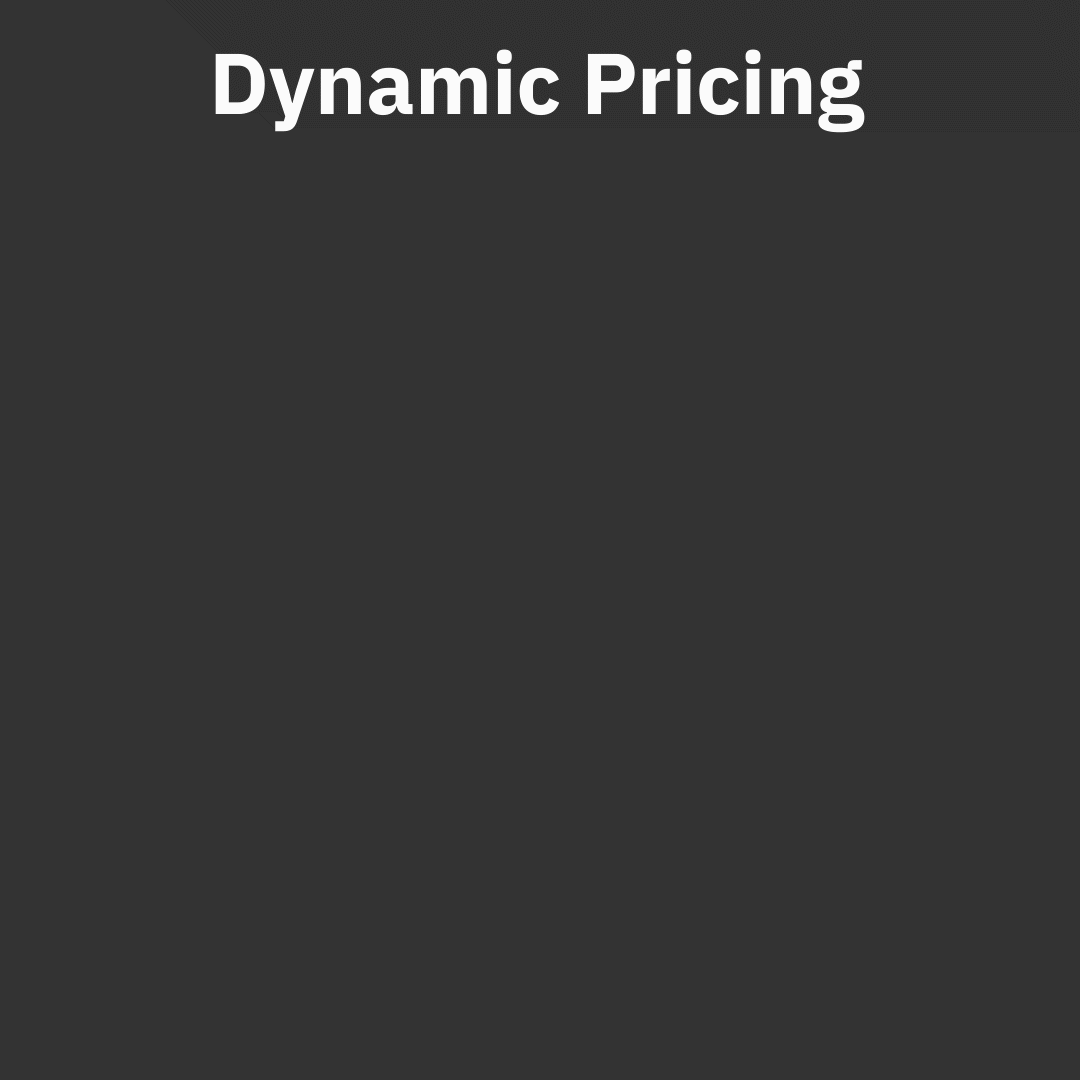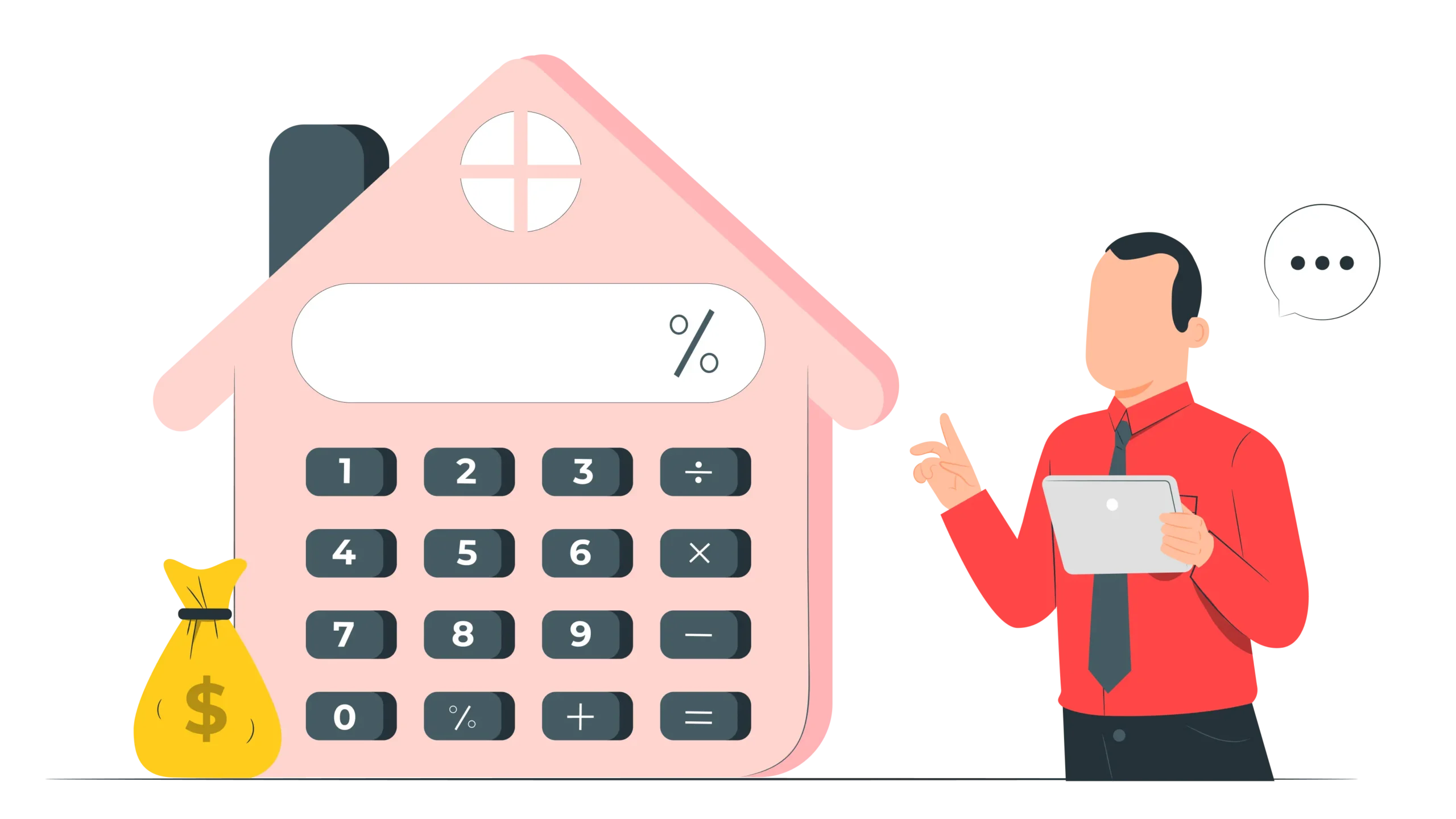Updated : Nov 3, 2025
Los Angeles is one of the few vacation rental markets where demand never truly disappears — it just shifts neighborhoods. From Venice and Santa Monica’s beach crowds to Hollywood’s event traffic and Downtown’s business stays, pricing success depends on reading micro-demand, not just seasonal averages.
While average occupancy in Los Angeles remains steady year-round, ADR and RevPAR fluctuate sharply around film festivals, awards season, and summer travel peaks. Hosts who price dynamically — adjusting rates by neighborhood, event calendar, and booking window — consistently outperform those using static prices.
In this guide, we break down the vacation rental pricing factors Los Angeles hosts should track throughout the year and show how tools like PriceLabs STR Index and Market Dashboard reveal exactly when and where to raise or release rates.
Data & Methodology: How We Built This Analysis
To understand vacation rental pricing factors in Los Angeles, we used two PriceLabs tools:
- STR Index — a citywide snapshot of market health showing occupancy, ADR, and RevPAR trends over time.
- Market Dashboard — a granular, neighborhood-level view that compares your listings against nearby comps to reveal pricing gaps, pacing shifts, and event-driven demand surges.
Ready to see what your data says?
Run your Los Angeles STR Index today, and build a Market Dashboard for your neighborhood to uncover how rates, occupancy, and pacing are shifting around you.
Get Started NowOur methodology blends both: STR Index establishes the macro curve (how Los Angeles behaves seasonally), while Market Dashboard identifies micro-fluctuations by neighborhood or event.

These metrics help LA hosts translate market shifts into pricing rules — adjusting base rates, weekend deltas, and minimum stays with precision rather than guesswork.
Month-by-Month Los Angeles Insights
Even in a city with steady year-round tourism, Los Angeles shows subtle but powerful pricing shifts. The 2024–25 data reveals flat occupancy but stable ADR, while early pacing for 2025–26 indicates slower forward bookings though rate strength remains intact.

Stay Ahead of the Market and Find the Right Amenities that Your Potential Guests Want Using PriceLabs Market Dashboard.
Use PriceLabs Market Dashboard and Neighborhood Data to track competitor pricing and demand shifts and analyze past performance to set a strong pricing strategy for your property.
Create your Market Dashboard NowThe Vacation Rental Pricing Factors Los Angeles
Los Angeles doesn’t behave like a purely seasonal destination instead, it’s a multi-driver market. Occupancy may dip slightly year over year, but ADR resilience shows the city’s short-term rental (STR) economy remains healthy. Understanding what drives these variations helps hosts price confidently even as booking behavior shifts.
1. Seasonality with Shoulder Periods

- LA’s “low season” is more of a soft shoulder: occupancy rarely drops below 40%.
- Demand softens after the holiday season and rebounds with spring travel.
- Key pattern: Rates remain high through Q1–Q3, but the revenue mix shifts — longer stays in summer, shorter bursts around events.
- Host tip: Build a flexible pricing calendar — use lower base rates in January, but offset them with weekend deltas and longer minimum stays during peak weekends.
2. Event-Driven Demand

- Awards, expos, and entertainment events create short-term ADR surges of 15–20%.
- Major drivers: film festivals, award shows, sports seasons, and music tours.
- Host tip:
- Set event overrides in advance (base +10–25%).
- Tighten min-stay rules to reduce turnover on those weeks.
- Monitor your comp set during event weeks for same-day pricing spikes.
3. Lead Time and Booking Windows


- Los Angeles has a dual booking curve:
- Local travelers often book at the last minute (within 7 days).
- Event travelers book far out (45–90 days).
- Host tip:
- Apply last-minute markdown ladders (5–10%) only within the final 7 days.
- Keep far-out premiums live until you see compression in Market Dashboard pacing data.
4. Minimum Stays and LOS Strategy

- Shorter stays dominate Q1–Q2; extended stays rise in Q3.
- A balanced LOS (length of stay) strategy prevents idle calendar gaps.
- Host tip:
- 2–3 night minimums for weekends.
- 7+ night discounts (8–12%) during shoulder periods.
- Avoid single-night gaps — enable orphan-night rules to maintain RevPAR.
How to Use PriceLabs to Price Correctly in Los Angeles
Pricing success in Los Angeles isn’t about guessing the “right number” — it’s about using data to spot when and where demand shifts. With PriceLabs STR Index and Market Dashboard, you can track those changes in real time and set rate rules that protect revenue even as occupancy fluctuates.
Step 1: Start with STR Index for the Big Picture

- What it does: Gives you a macro view of the Los Angeles market — occupancy, ADR, RevPAR, and supply trends for the past and upcoming months.
- How to use it:
- Identify the seasonal slope (e.g., flat in Jan, upward in spring).
- Spot compression weeks — periods where occupancy spikes faster than usual.
- Check how far ADR diverges from the city average to see if you’re over- or underpriced.
- Why it matters: STR Index helps you plan your base rate adjustments 60–90 days ahead of demand shifts, not after they happen.
For Example:
If occupancy is trending 5% lower but ADR is stable, it’s better to adjust min-stay or gap rules, not drop your base price immediately.
Step 2: Zoom in with Market Dashboard

- What it does: Lets you analyze your own neighborhood radius — showing how your listing compares with similar ones nearby.
- How to use it:
- Filter by your property type, bedroom count, and area (e.g., 2BR apartments in West Hollywood).
- Monitor competitor ADR, occupancy, and pacing for the next 60–120 days.
- Check the booking window distribution—how many nights are being filled last-minute vs. far out.
- Why it matters: Market Dashboard turns city-level data into hyper-local insights, letting you spot event compression or rate dips in real time.
For Example:
If your comps in Venice start filling up 45 days ahead for July, activate far-out premiums (+8–12%) for your listing now.
Enhance Vacation Rental Revenue with Dynamic Pricing!
Put your pricing strategy on autopilot with PriceLabs’ Dynamic Pricing & Revenue Management. Improve occupancy & boost rental income with nightly rates that reflect current market conditions, seasonality factors & competitor’s performance.
Start Your Free Trial NowStep 3: Turn Insights into Pricing Rules

Combine your findings into rule-based automations that keep pricing dynamic across all booking patterns.
- Base price: Anchor it to your STR Index median ADR.
- Far-out premiums: Add +6–12% for high-demand periods (festivals, summer travel).
- Last-minute markdowns: Tier small discounts (−5%, −7%, −10%) at 7, 3, and 1 days before check-in.
- Weekend deltas: Keep 10–20% higher than weekday base in beach and nightlife zones.
- LOS discounts: Apply 8–12% weekly and 15–20% monthly discounts for shoulder periods.
- Event overrides: Use Market Dashboard to identify dates needing premium pricing and stricter minimum stays.
For Example:
Use PriceLabs’ Custom Seasonal Profiles to automate these changes — so Venice, Hollywood, and Downtown each follow their own rate rhythm.
Step 4: Validate and Iterate
- Revisit STR Index weekly — note if your occupancy curve is steeper or flatter than the market.
- If you’re underperforming while maintaining a higher ADR, inspect calendar density in Market Dashboard — it might signal rising competition.
- Adjust small levers first (LOS, weekend deltas) before cutting your base price.
Why this works: Hosts who track both tools together — macro + micro — typically see 5–10% stronger RevPAR consistency through soft months.
Neighborhood Pricing Playbooks: How to Price Smart Across Los Angeles
Each Los Angeles neighborhood has its own rhythm. While citywide trends tell you when demand is rising, local patterns tell you how much you can price. Use these neighborhood playbooks to fine-tune your PriceLabs setup for your specific area.
1. Venice & Santa Monica: The Beachfront Premium
Market vibe:
These areas are always in demand — peaking between June and August when domestic and international travelers flood in. Occupancy often crosses 55%, with ADR reaching $225–250 in high summer.
Smart pricing tips:
- Keep far-out premiums active until 45–60 days before arrival.
- Apply a weekend delta of 15–20% for summer stays.
- Use weekly LOS discounts (8–12%) for families booking longer vacations.
- Highlight amenities like parking, patios, and air conditioning — these drive conversion.
- Enable gap-filling discounts for short stays between bookings.
Best rule:
Hold your summer base rate — focus on filling gaps, not lowering prices.
2. Hollywood & West Hollywood: Events and Nightlife Hubs
Market vibe:
This zone thrives on short, high-value stays linked to film, fashion, and nightlife events.
ADR spikes by 15–20% during awards and festival weeks, while weekday demand stays moderate.
Smart pricing tips:
- Use event overrides for Oscars, Emmys, and major premieres.
- Keep 2–3 night minimum stays for high-traffic weekends.
- Monitor Market Dashboard for same-day compression — often spikes 7–10 days before big events.
- Apply weekday markdowns (–5%) if occupancy drops midweek.
- For last-minute bookings, enable dynamic markdown ladders (5%, 7%, 10%).
Best rule: Let events dictate your pricing rhythm — not the calendar.
3. Downtown LA & Inglewood: Business and Sports Core
Market vibe:
Weekday-heavy demand from conventions, concerts, and sports events, with ADR around $210–230 during peak event weeks.
Occupancy softens in non-event weeks but bounces back fast once tickets go on sale.
Smart pricing tips:
- Keep weekday base rates steady, not discounted.
- Add event-specific premiums (+10–15%) near Crypto.com Arena, SoFi Stadium, and convention centers.
- Monitor Market Dashboard for calendar compression around large conferences.
- Offer flexible cancellation for corporate travelers — it boosts midweek occupancy.
- Activate orphan-night pricing rules to avoid idle 1-night gaps.
Best rule:
Treat weekdays like your weekends — they sell first here.
4. Burbank, Studio City & North Hollywood: The Studio Belt
Market vibe:
Driven by production schedules, business travel, and midweek bookings.
These neighborhoods show stable occupancy (~50%) and steady ADR ($200–220), even when leisure markets soften.
Smart pricing tips:
- Keep weekday prices strong; discount weekends slightly if necessary.
- Promote your listing as workspace-friendly — fast Wi-Fi, parking, quiet location.
- Use 7–14 day LOS discounts for extended corporate or production crew stays.
- Avoid aggressive markdowns — demand is steady but planned.
- Check Market Dashboard weekly for production-related booking patterns.
Best rule:
Focus on reliability, not volatility — this market values consistency over spikes.
5. Silver Lake & Echo Park: Trendy and Local
Market vibe:
Strong midweek stays, shorter bookings, and high domestic traffic. ADR sits between $200–215, but RevPAR holds well due to quick turnover.
Smart pricing tips:
- Keep short minimum stays (2 nights) to maximize quick bookings.
- Use weekday markdowns (3–5%) for early pickup.
- Add last-minute discounts only within 3 days of check-in.
- Use custom seasonal profiles to keep spring and fall ADR aligned with demand.
- Monitor pacing on Market Dashboard — these areas book later than beach zones.
Best rule:
Stay agile — flexibility here beats fixed pricing.












